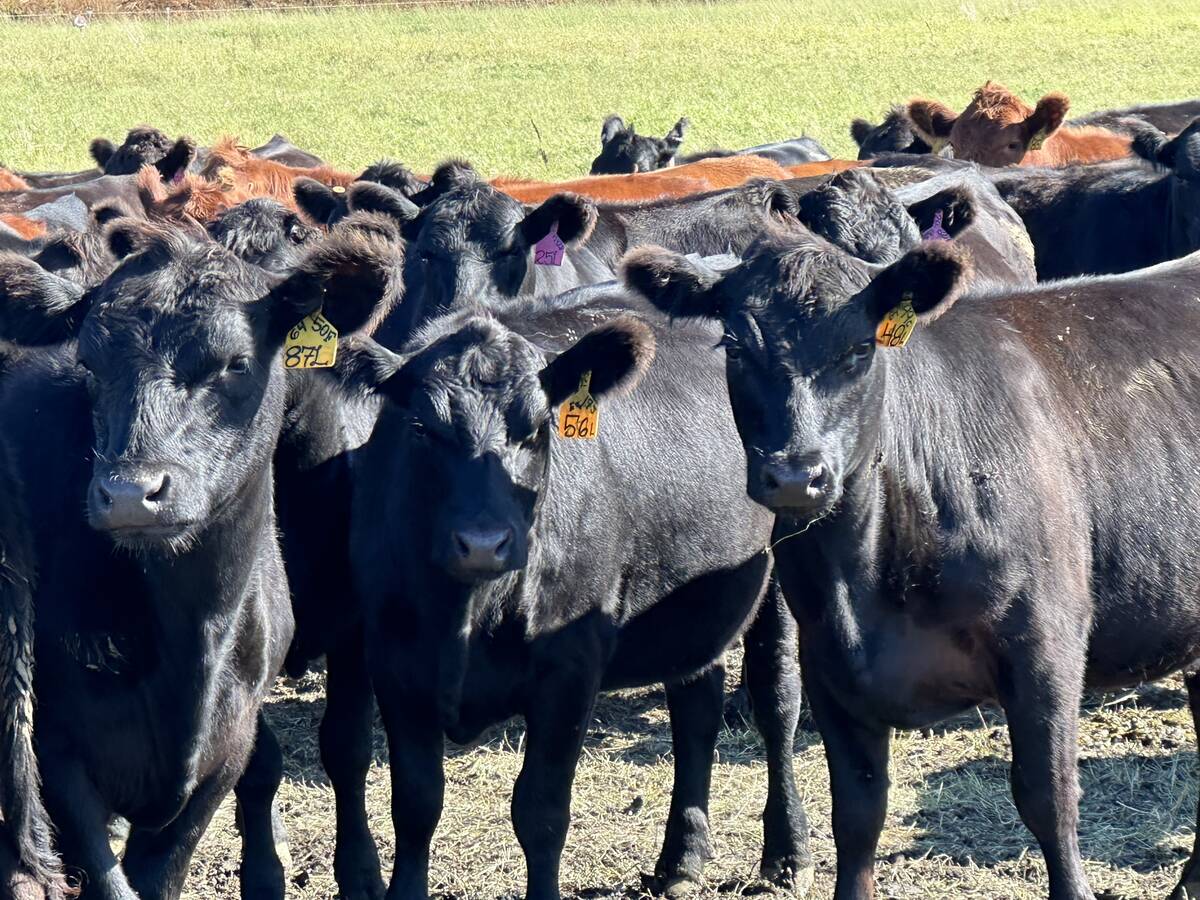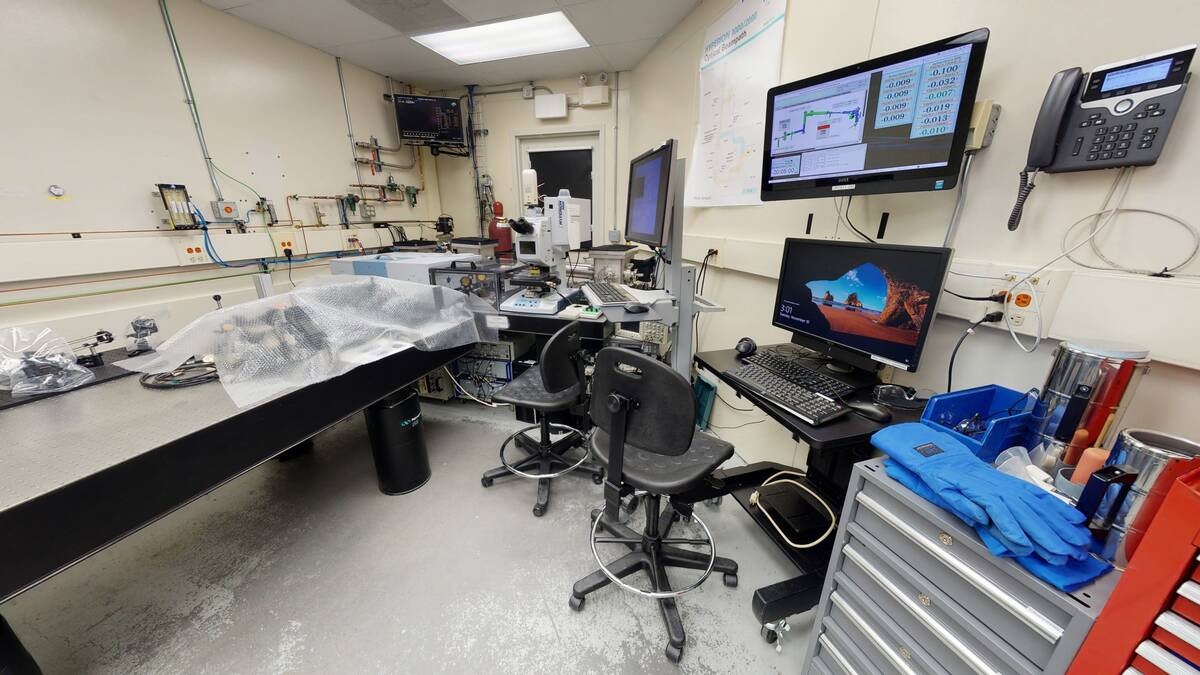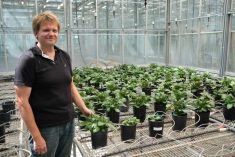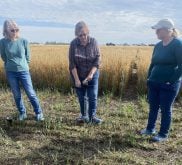Pulses have a niche in the plant protein space, but the industry hopes new markets and new end uses will help those crops expand their footprint.
Chitra Sivakumar, a doctoral researcher at the University of Manitoba, is one of the people trying to make that happen. In a recent project, she and her colleagues investigated the best uses for pulse flours.
Four types of flours made the cut for consideration and comparison: chickpeas, navy beans, green lentils and yellow peas.
Read Also

Want to track the cattle industry? Follow the heifers
Beef specialists examine key indicators in Canadian market for growth patterns in cattle markets
Different pulses will be more suited to different flour purposes, Sivakumar noted.
“Let’s say chickpea bread has a typical flavour. Not everyone will be liking it, but we can make a good pasta out of it,” she said. “So, each pulse has its own characteristic that cannot be made universal for making all the baked products or the extruded products.”

The interest in such research for pulses is growing, Sivakumar noted. The market for plant-based protein, while not always smooth, is still drawing attention and investment into research.
From an environmental perspective, the nitrogen-fixing crops are attractive, particularly since the federal government has asked farmers to slice nitrogen fertilizer emissions by 2030.
Other benefits, touted by industry groups like Pulse Canada, include their nutritive profile of high protein, low fat and high fibre. Industry proponents have pitched pulse consumption for weight control and prevention of cardiovascular diseases.
“The value-added opportunities will also come up, as raw pulses can be processed into premium pulse flours, which have distinct functionalities and distinct properties,” Sivakumar said.
Many are also known to grow in dry conditions, making them a good fit for parts of the Prairies, and they capture carbon. According to Pulse Canada, 10 million acres of pulses can capture 4.1 million tonnes of carbon dioxide emissions annually.
To see how pulse flours could be better optimized for food use, Sivakumar and her colleagues used the Canadian Light Source (CLS), a synchrotron facility at the University of Saskatchewan.

CLS uses powerful magnets and radio frequencies to accelerate electrons to nearly the speed of light. This produces intense X-ray, ultraviolet and infrared light beams that researchers can use to observe microscopic details of samples.
“We were able to analyze the micro and molecular structure of pulse flours with exceptional clarity because of CLS’s brilliant light source.”
Now the team better understands the different properties in each pulse type. They identified skin properties, particle sizes, protein content and starch properties, all of which are essential to learning which pulse flour could be used for specific products.
For the pulse industry, “this customization will allow them to develop specialized food products, such as gluten-free baked products or high protein snacks or plant-based dairy alternatives, which can cater to the growing consumer demand for the healthier and more sustainable option,” she said.
















